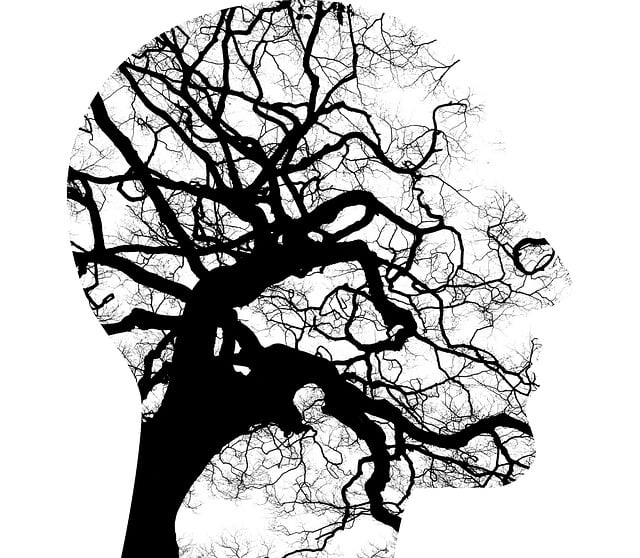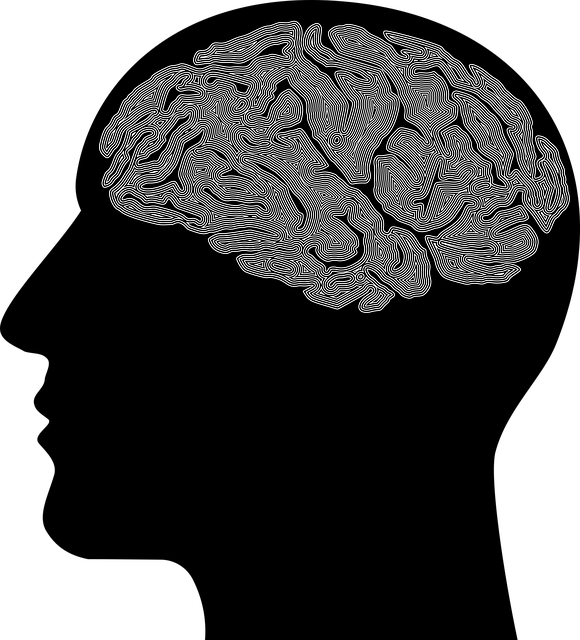Castle Rock EMDR Certified Therapy prioritizes client safety through comprehensive risk assessment and harm minimization planning, especially for trauma-related issues. Their specialists conduct thorough evaluations, integrate Trauma Support Services, and employ compassionate practices to create a supportive environment facilitating holistic healing. Using evidence-backed techniques like rapid eye movement (REM) therapy, they process traumatic memories, reduce symptoms of anxiety, depression, and PTSD, and promote healthier coping mechanisms. By developing structured protocols for crisis management, support network establishment, and emotional intelligence enhancement, Castle Rock EMDR ensures proactive interventions and swift responses to client risks, contributing to positive mental wellness outcomes.
Risk assessment and harm minimization are vital components of therapeutic practice, ensuring client safety and well-being. This comprehensive guide explores these essential topics through the lens of Castle Rock EMDR certified therapy. We delve into understanding risk assessment as a cornerstone of effective treatment, uncovering the Castle Rock EMDR approach for enhanced harm minimization, and providing practical steps for developing and implementing robust harm minimization plans.
- Understanding Risk Assessment: A Cornerstone of Therapeutic Practice
- The Castle Rock EMDR Approach: Unlocking the Potential for Harm Minimization
- Developing a Comprehensive Harm Minimization Plan: Practical Steps
- Implementing and Monitoring: Ensuring Safety and Client Well-being in Therapy
Understanding Risk Assessment: A Cornerstone of Therapeutic Practice

Understanding risk assessment is a cornerstone of therapeutic practice, especially for conditions such as trauma and its subsequent impacts on mental health. At Castle Rock EMDR Certified Therapy, we recognize that each client’s journey is unique, and their experiences require tailored approaches. Risk assessment involves a comprehensive evaluation of potential hazards and the likelihood of harm within the therapeutic process. This meticulous process ensures that interventions are safe, effective, and aligned with the individual’s needs.
By integrating Trauma Support Services and employing Emotional Well-being Promotion Techniques, our therapists meticulously plan to mitigate risks. We foster an environment of compassion and cultivate practices that support clients in managing their emotional responses. Through these methods, we aim to enhance safety, enable progress, and ultimately promote holistic Healing for all individuals seeking support, including those who have benefited from Castle Rock EMDR Certified Therapy services.
The Castle Rock EMDR Approach: Unlocking the Potential for Harm Minimization

The Castle Rock EMDR (Eye Movement Desensitization and Reprocessing) Certified Therapy approach offers a powerful method for harm minimization planning in mental health professional’s toolkits. By focusing on rapid eye movement, this innovative technique helps individuals process traumatic memories and associated emotions more effectively. This allows for enhanced mood management and stress management, two key aspects of risk management planning.
Through the Castle Rock EMDR approach, therapists can assist clients in unlocking and processing repressed or ignored memories, leading to a reduction in symptoms of anxiety, depression, and post-traumatic stress disorder (PTSD). By addressing these underlying issues, mental health professionals can empower individuals with healthier coping mechanisms, thereby mitigating potential risks. This evidence-based practice is particularly valuable for those seeking holistic solutions in their risk management planning, promoting long-term emotional well-being.
Developing a Comprehensive Harm Minimization Plan: Practical Steps

Developing a comprehensive harm minimization plan is an essential step in ensuring the safety and well-being of individuals, especially those seeking support for their mental health. At Castle Rock EMDR Certified Therapy, we understand that effective planning requires a multi-faceted approach to address various potential risks. The first step involves conducting a thorough risk assessment, identifying triggers, and understanding the unique needs of each client. This process should be collaborative, involving both the therapist and the individual in question. By fostering open communication, you can gain valuable insights into their past experiences, current challenges, and potential areas of concern.
Practical steps include creating structured protocols for managing crises, establishing support networks, and implementing strategies to enhance emotional intelligence. Integrating these measures into a cohesive plan allows for proactive intervention and swift response when risks arise. Additionally, promoting mental wellness through podcast series production or advocacy initiatives can contribute to a broader understanding of harm minimization. This holistic approach, informed by emotional intelligence and backed by evidence-based practices, ensures that individuals receive the best possible care and support.
Implementing and Monitoring: Ensuring Safety and Client Well-being in Therapy

Implementing and monitoring effective risk assessment and harm minimization plans are paramount in Castle Rock EMDR Certified Therapy to ensure safety and client well-being. This involves meticulously evaluating each client’s unique psychological landscape, identifying potential risks, and tailoring interventions accordingly. By integrating evidence-based practices, therapists can proactively manage factors contributing to anxiety relief, social skills training, and mental wellness.
Continuous monitoring is crucial during therapy, allowing practitioners to swiftly adapt strategies as clients’ conditions evolve. Regular check-ins, comprehensive assessments, and open communication foster a dynamic therapeutic environment that respects individual needs. This meticulous approach not only mitigates risks but also enhances the overall effectiveness of treatment, ultimately contributing to positive mental wellness outcomes for each client.
Risk assessment and harm minimization planning are essential components of therapeutic practice, especially in certified Castle Rock EMDR therapy. By understanding risk assessment as a cornerstone, therapists can employ evidence-based approaches like the Castle Rock EMDR method to unlock potential for significant harm reduction. Following practical steps to develop comprehensive harm minimization plans, therapists can ensure safety and client well-being throughout the therapy process. Continuous implementation and monitoring are vital to optimize outcomes, making Castle Rock EMDR certified therapy a game-changer in therapeutic interventions.














